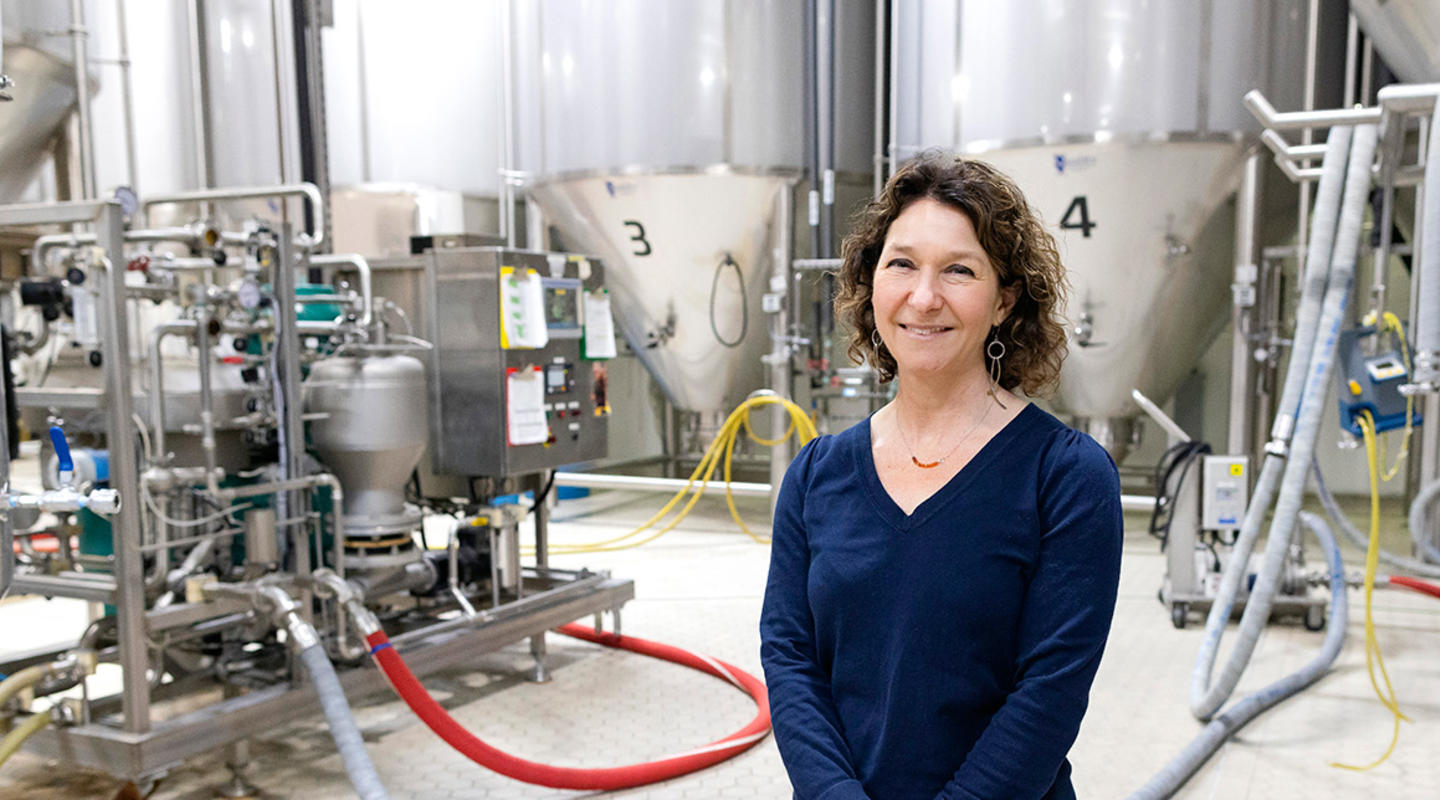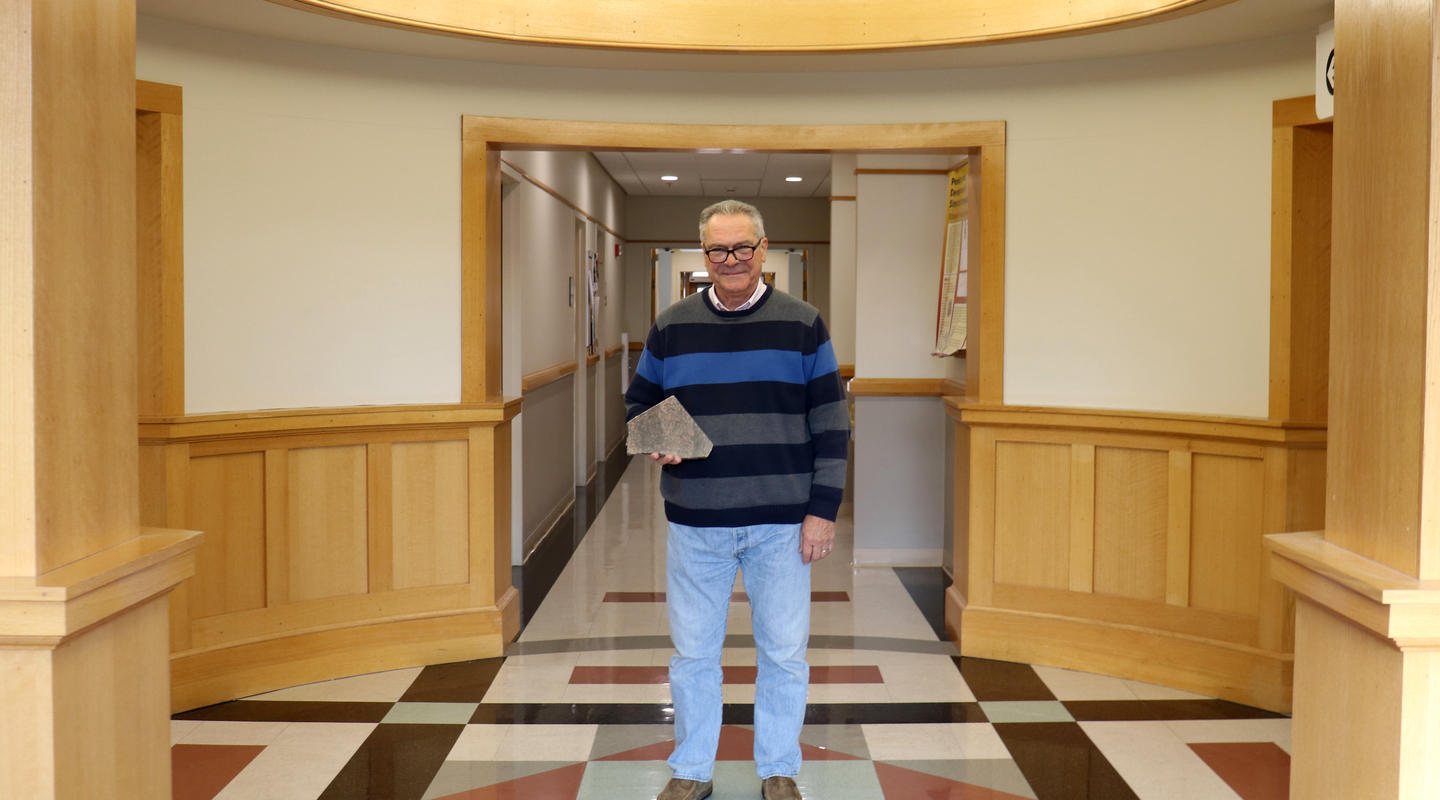
Photo credit: Scott Streble
Over decades, tens of thousands of clinical research studies, also called clinical trials, have helped physician-scientists bring new treatments and even cures forward to help patients.
“Every one of those studies gets us closer to treatments that change lives,” says Bradley Benson, chief academic officer for M Health Fairview and a professor in the University of Minnesota Medical School.
Here, Benson offers up six facts about clinical research.
1. There are no “guinea pigs.”
“That phrase makes me shudder,” Benson says. “Long before we bring any people into a study, incredibly rigorous work has already been completed that ensures safeguards are in place.”
At the U, the Human Research Protection Program independently develops protective measures for all research participants and monitors safety procedures throughout the studies. It also ensures that study participants can change their minds and withdraw from a trial at any time.
2. Clinical research leads to better treatments.
Today M Health Fairview physicians are overseeing dozens of clinical trials that are evaluating the effectiveness of new immunotherapies for a wide range of cancers.
“When I look into the future,” Benson says, “my hope is that we will view chemotherapy as a treatment of the dark ages. New cellular therapies offer incredible promise for serious cancers and rare diseases, and every time a patient enrolls in one of these studies, it moves us closer to the cure.”
3. Some studies focus on preventing disease.
Based on research done at the Hormel Institute and the Masonic Cancer Center, University of Minnesota, one current study aims to determine whether ginger’s anti-inflammatory properties can help reduce the risk of colorectal cancer.
4. Finding out what doesn’t work can be as important as finding out what does.
Within a month of admitting their first COVID patient, U doctors had launched a bedside study on the efficacy of the drug losartan, followed quickly by more studies evaluating such treatments as hydroxychloroquine and metformin. “Once we learned which treatments didn’t show benefits, we refocused quickly on ones that did, Benson says.
5. Research happens outside hospital and clinic walls, too.
One recent U of M study aimed to improve survival rates for people who suffered cardiac arrest by changing the treatment protocol and bringing emergency-room care to patients wherever they were. In fact, this community-wide program, the first of its kind in the country, proved to be so much better than the former standard of care—with 43 percent surviving vs. 6.7 percent—that the study was stopped early so everyone could access the new protocol.
6. Anyone can contribute to medical knowledge.
“My children, my spouse, and I have all been involved in clinical research,” Benson says. “We are all partners in this discovery process, and each bit of information helps us move forward.”
Learn more about current clinical research studies at studyfinder.umn.edu.
Philanthropy can help to bring leading-edge therapies to patients. Contact Shawn Keenan at 612-625-7223 or [email protected] to find out more.


